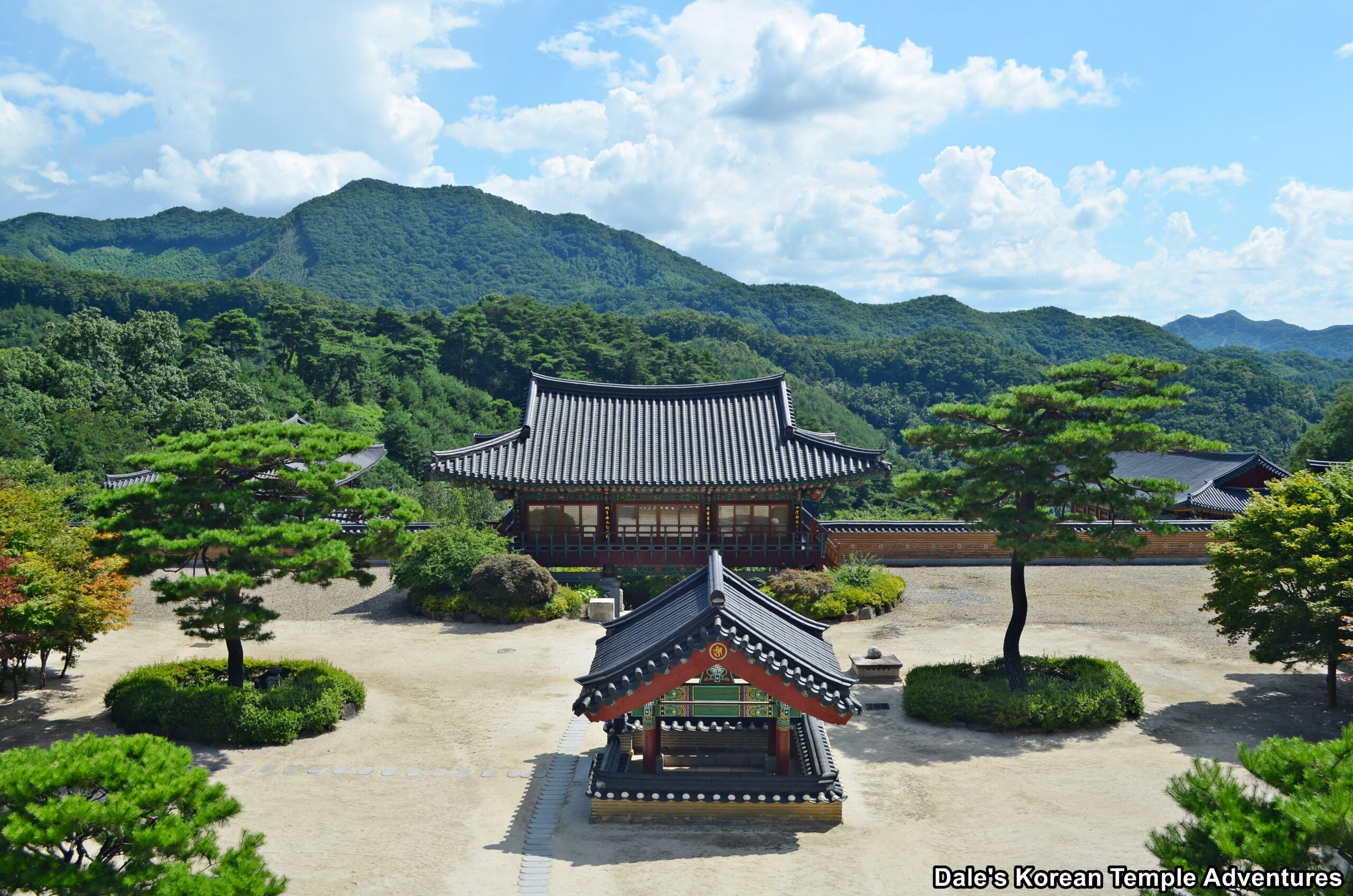
Temple History
Seokjongsa Temple is located in the southeastern part of Chungju, Chungcheongbuk-do in the southern foothills of Mt. Namsan (635.5 m). Originally the land that Seokjongsa Temple now occupies was Jukjangsa Temple. Jukjangsa Temple was first established sometime between Unified Silla (668-935) to early Goryeo Dynasty (918-1392). Until the end of the Joseon Dynasty (1392-1910), Jukjangsa Temple was a popular temple. At the end of the Joseon Dynasty, and already with centuries of anti-Buddhist policies in place by successive Joseon governments and courts, the status of the temple (like all temples in Korea) had been severely weakened. So Reverend Jo Gyeongro of Chungju, Chungcheongbuk-do arrived at the temple during late-Joseon and destroyed the temple completely. Parts of Jukjangsa Temple were then used to help construct other structures throughout the Chungju area. Additionally, and during Japanese Colonial Rule (1910-45), Japanese authorities further raided the artifacts that still remained on the temple grounds. All that was left of the former temple, besides rubble, was a single five-story stone pagoda. And the land that Jukjangsa Temple formerly occupied became private property.
In 1985, the monk Geuma-hyeguk purchased 800 pyeong (2,645 m2) of land that had once been Jukjangsa Temple. The purchased of this land was the start of Seokjongsa Temple’s founding. Now, Seokjongsa Temple is 10,000 pyeong (33,058 m2) of land. In total, there are now 21 buildings that occupy this land.
Temple Layout
You’ll pass through a stately Iljumun Gate at the entry of the temple grounds. Eventually, you’ll arrive at the temple parking lot near the Temple Stay building. There are two trails that head north towards the upper courtyard at Seokjongsa Temple. The first of these two trails is closer to the Temple Stay building, while the other is closer to the Bowol-dang Hall. Whichever trail you take, they both lead past a semi-hidden pond with lotus flowers in bloom.
Beyond this pond, and framing the lower temple grounds, is the Cheoncheok-ru Pavilion. To the left of this pavilion is a modern five-story pagoda. And to the right of this entry pavilion is the Beomjong-gak Pavilion. Housed inside this bell pavilion are four of the traditional Buddhist percussion instrument. A particular highlight inside this bell pavilion is the blue dragon-faced Mokeo (Wooden Fish Drum). Back at the Cheoncheok-ru Pavilion, and before mounting the stone stairs, you’ll notice a pair of stone lions on either side of the stairs. The first story of the Cheoncheok-ru Pavilion acts as an entry to the main temple courtyard at Seokjongsa Temple, while the second acts as a lecture hall for dharma halls.
Stepping inside the main temple courtyard at Seokjongsa Temple, you’ll find numerous buildings lining the courtyard. However, there are really only two that visitors can explore at the temple, and they are to the north. But before visiting these two shrine halls, you’ll notice the Gamno-gak Pavilion (Sweet Dew Pavilion) in the centre of the temple courtyard. This sunken wooden pavilion has fresh, clear mountain water passing through it and can be quite a refreshing break on a hot day.
Mounting another long set of stone stairs, you’ll now be face-to-face with a large Daeung-jeon Hall. The Daeung-jeon Hall was built on the site of the former location of the main hall to Jukjangsa Temple. The exterior walls to the main hall are adorned with large panel paintings dedicated to the Nahan (The Historical Disciples of the Buddha) and vibrant dancheong colours. Stepping inside the main hall, you’ll find a wonderfully ornate interior with a beautiful triad of statues on the main altar. In the centre of this triad is Seokgamoni-bul (The Historical Buddha). The weight of the large canopy above this triad is supported by large pillars adorned with swirling dragons. Rounding out the interior to the Daeung-jeon Hall is a Shinjung Taenghwa (Guardian Mural).
To the left rear of the Daeung-jeon Hall is the Samseong-gak Hall. The exterior walls to this hall are adorned with various murals that include a ferocious tiger, peaches, and red pine trees. Stepping inside this rather strangely organized interior, you’ll find two beautiful murals dedicated to Chilseong (The Seven Stars) and Sanshin (The Mountain Spirit). Both paintings were created by the same artist. Of note is the rather startled-looking tiger in the painting of Sanshin. The third, and final, mural inside the Samseong-gak Hall can be accessed through a doorway inside the shaman shrine hall, where you’ll find a lone mural dedicated to Dokseong (The Lonely Saint). Again, this painting was created by the same artist as those who created the other two shaman murals. All three are a wonderful and masterful depictions of these three shaman deities.
Finally, and to the left of the Samseong-gak Hall and up a trail, you’ll find an outdoor shrine dedicated to Yaksayeorae-bul (The Medicine Buddha, and the Buddha of the Eastern Paradise).
How To Get There
From the Chungju Intercity Bus Terminal, you’ll need to take Bus #101, Bus #103, Bus #105, Bus 106, Bus #111, or Bus #112. You’ll need to get off at the “Samwon Elementary School stop.” From where the bus drops you off, you’ll need to walk about 300 metres, or 5 minutes, and make your way to the Muhak-sijang Market and the “Muhak-sijang bus stop.” From this stop, you’ll need to catch Bus #550. This bus doesn’t come often. You’ll then need to take this second bus for 13 stops, or 17 minutes, and get off at the “Seokjong stop.” From where the bus drops you off, you’ll need to walk about 700 metres, or 10 minutes, to get to Seokjongsa Temple.
And if public transportation isn’t your thing, you can simply take a taxi from the Chungju Intercity Bus Terminal. The taxi ride will be 8.1 km, or 20 minutes, and it’ll cost you about 8,000 won (one way).
Overall Rating: 7/10
While Seokjongsa Temple is quite large in size, it’s only filled with a handful of structures and shrine halls that visitors can explore. With that being said, the Gamno-gak Pavilion is a beautiful stand-out, as is the interior of the Daeung-jeon Hall and the artwork that fills the Samseong-gak Hall. Seokjongsa Temple is beautifully situated to the south of Mt. Namsan; and as a total package, it’s quite a beautiful visit.
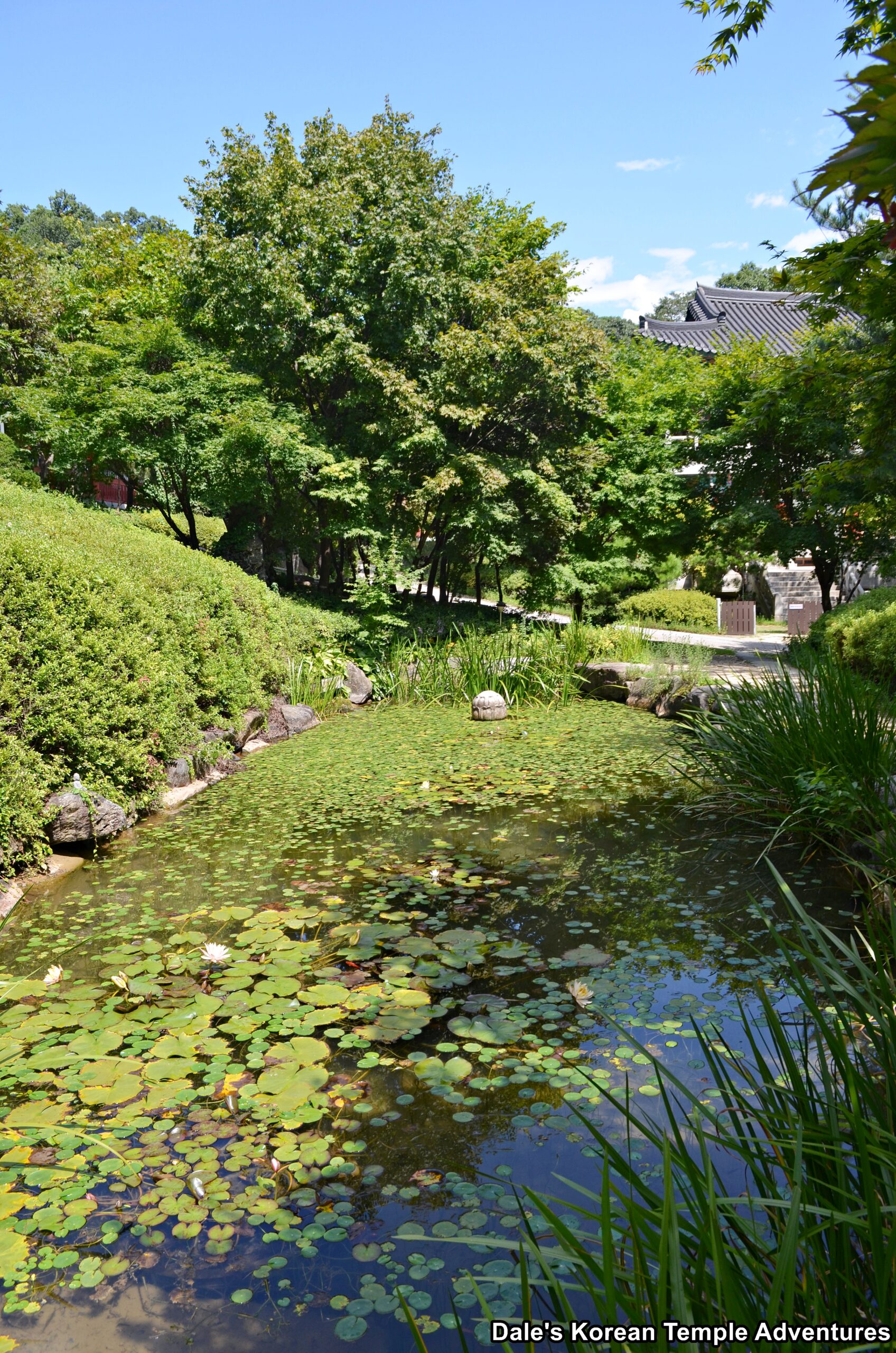
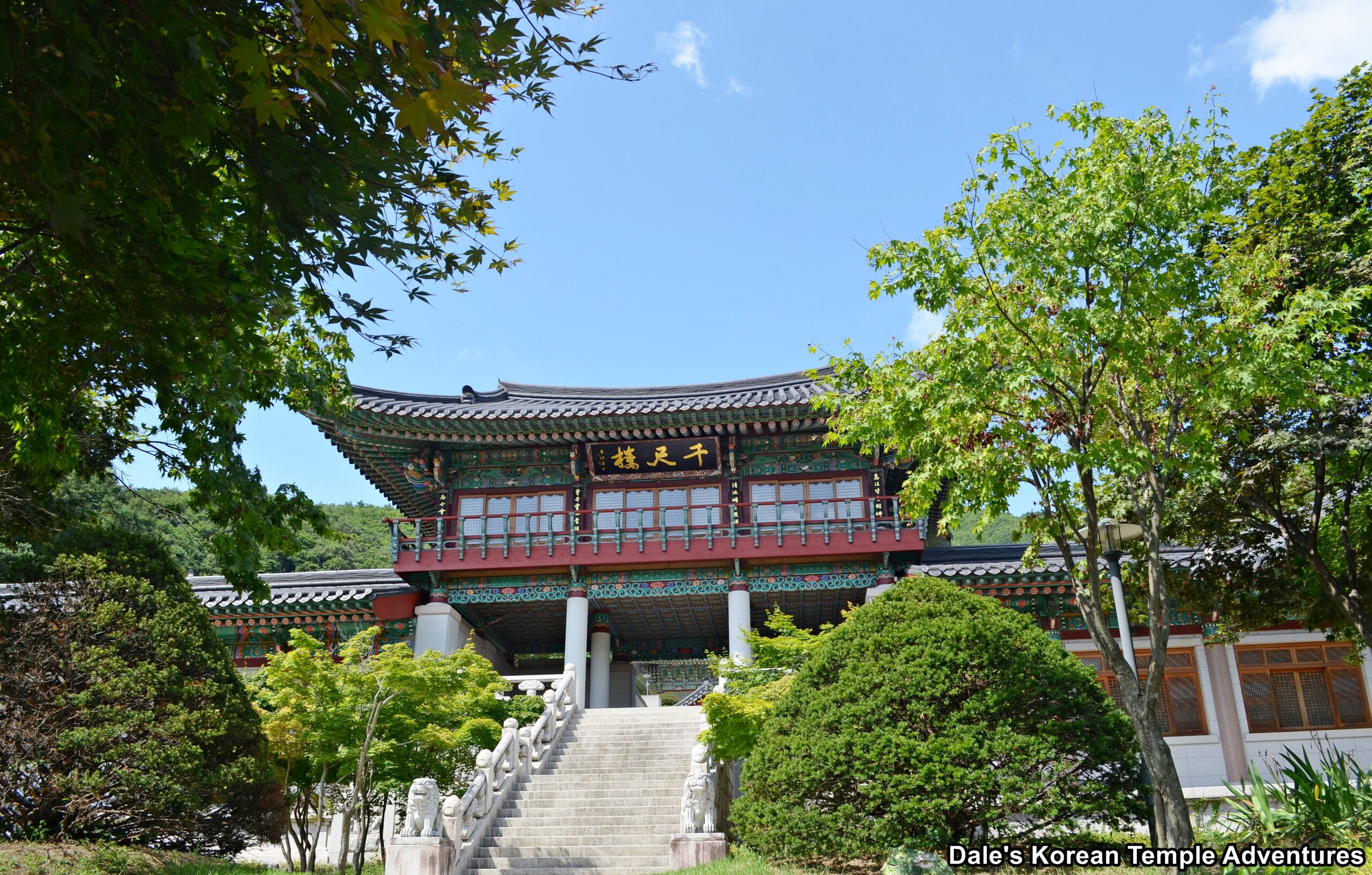
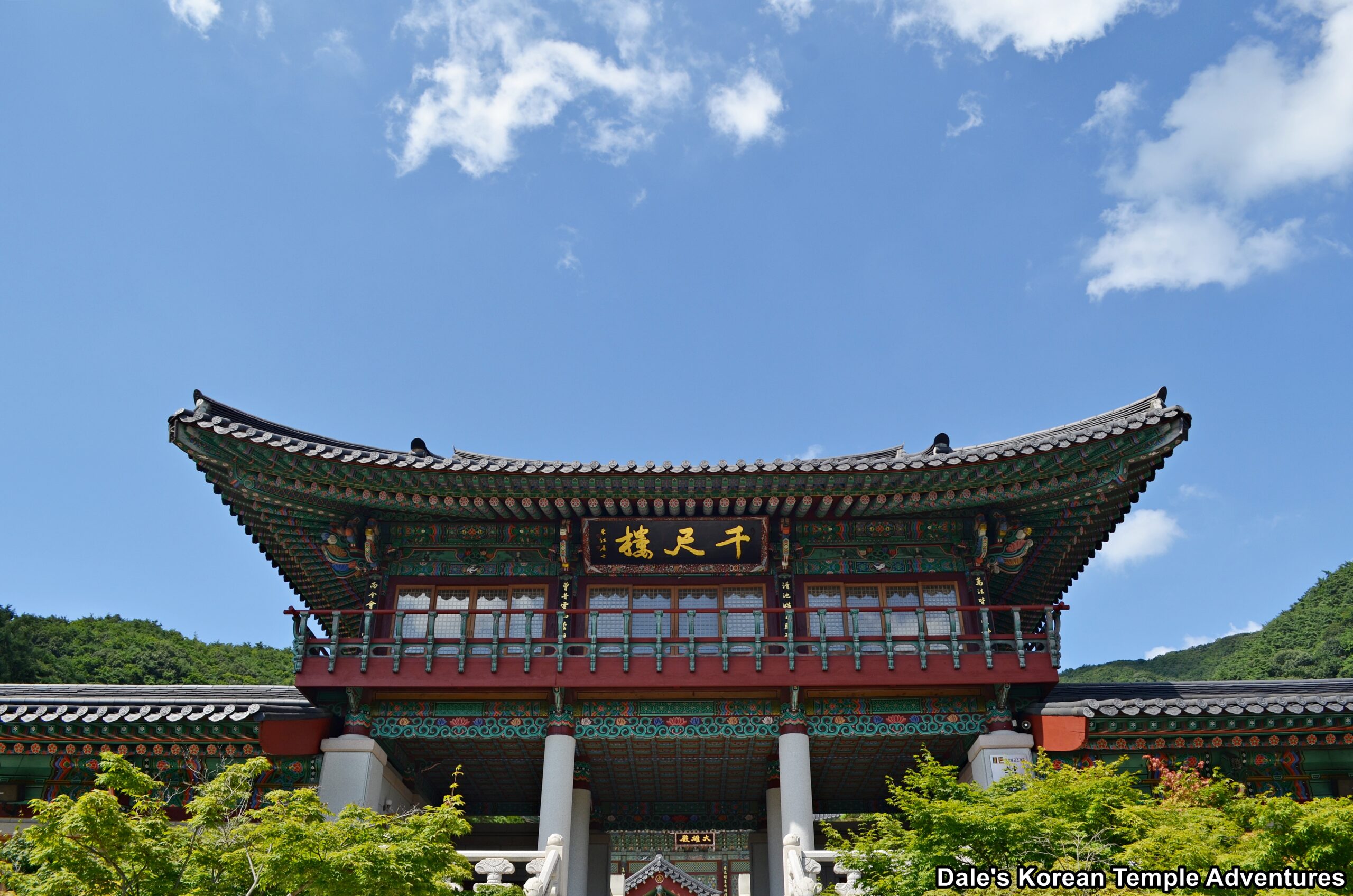
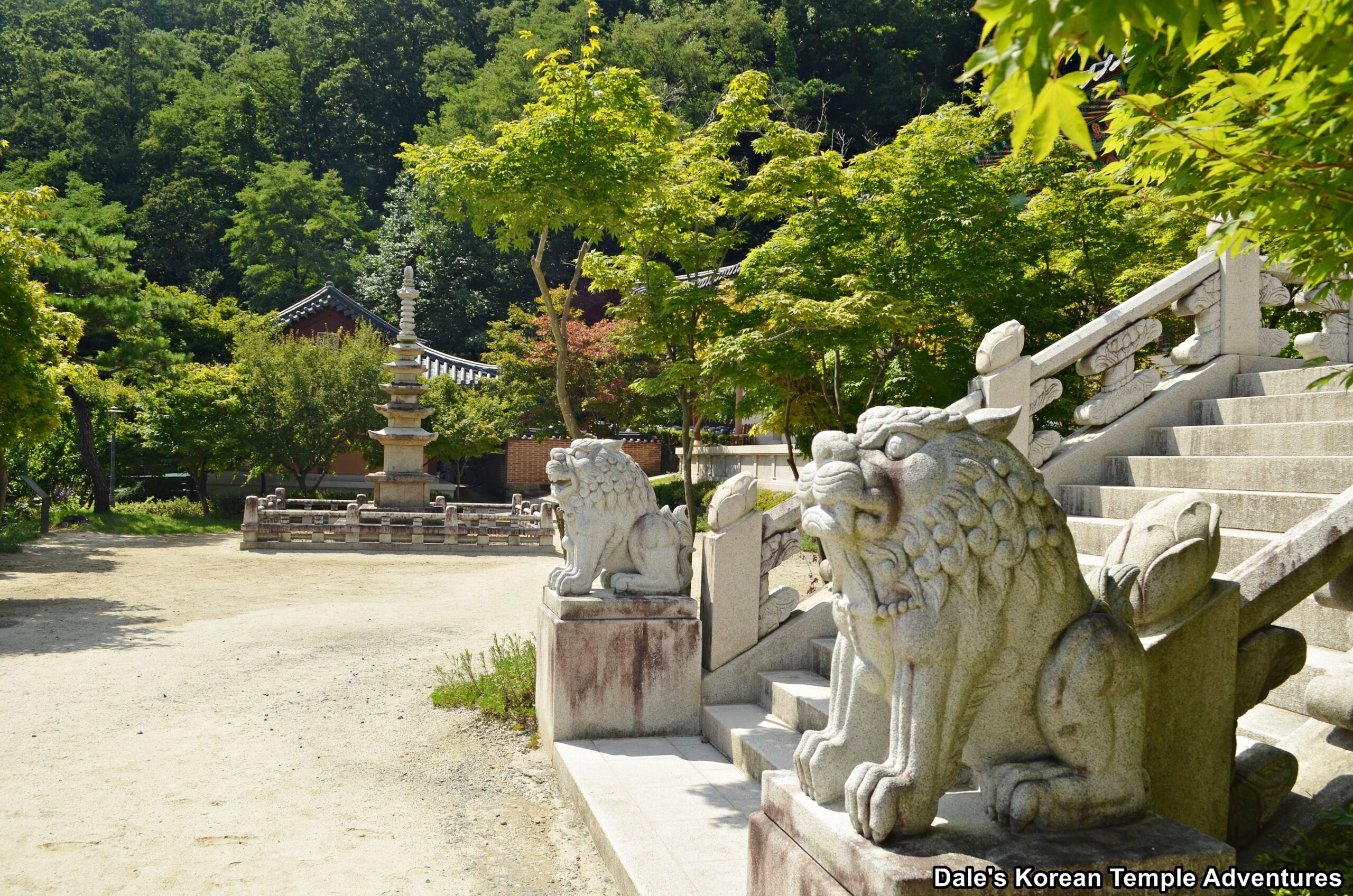
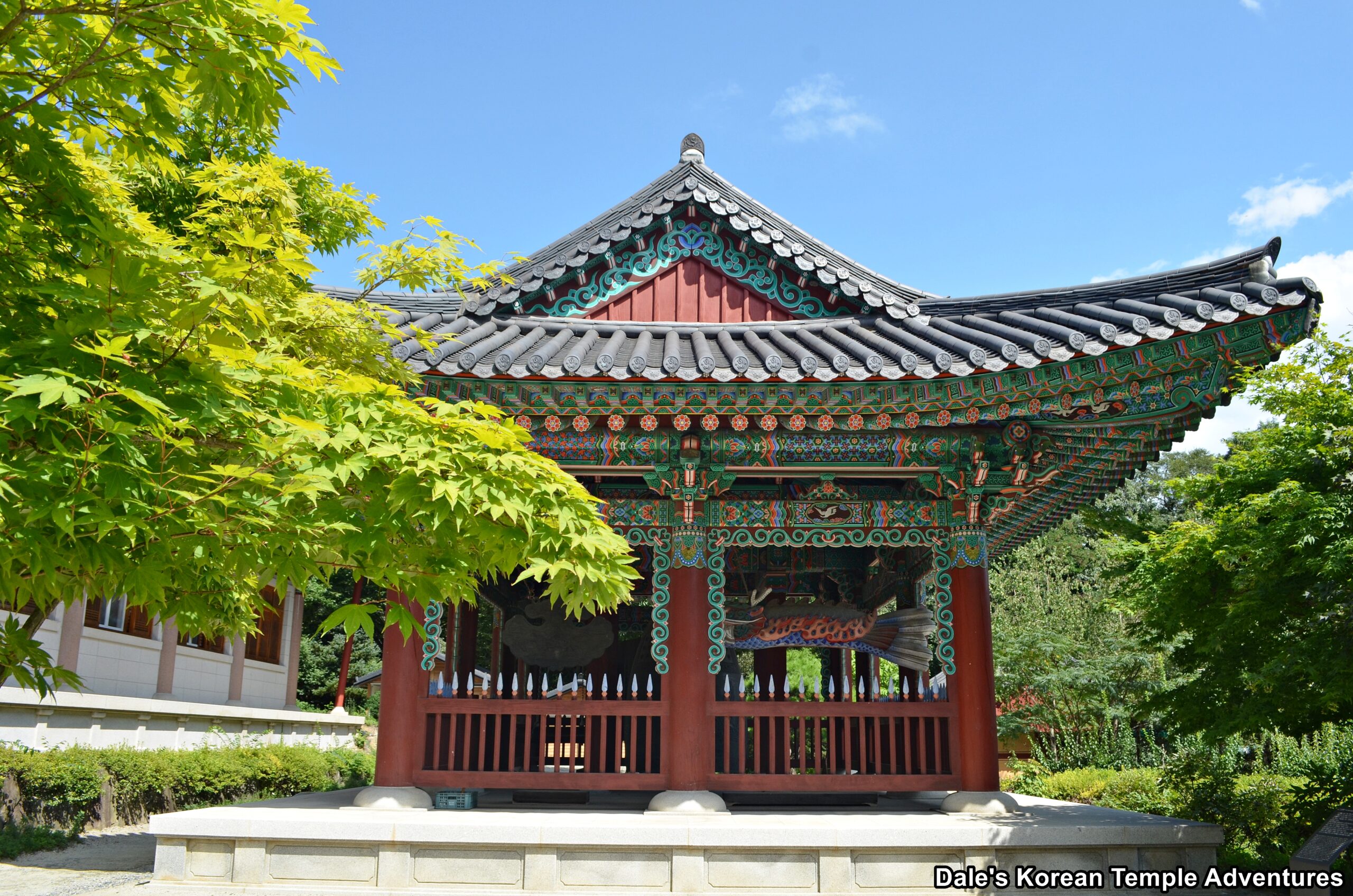
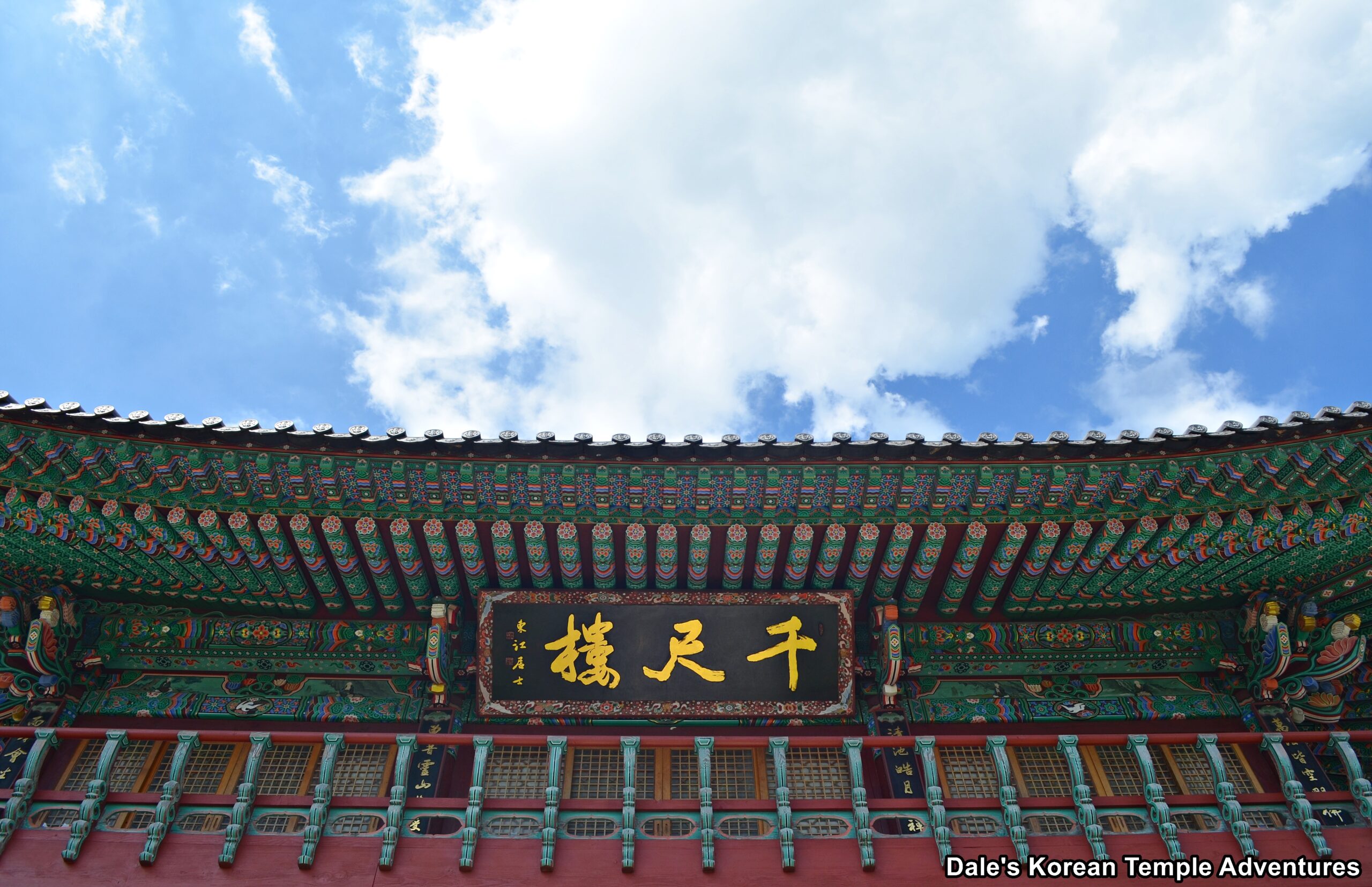
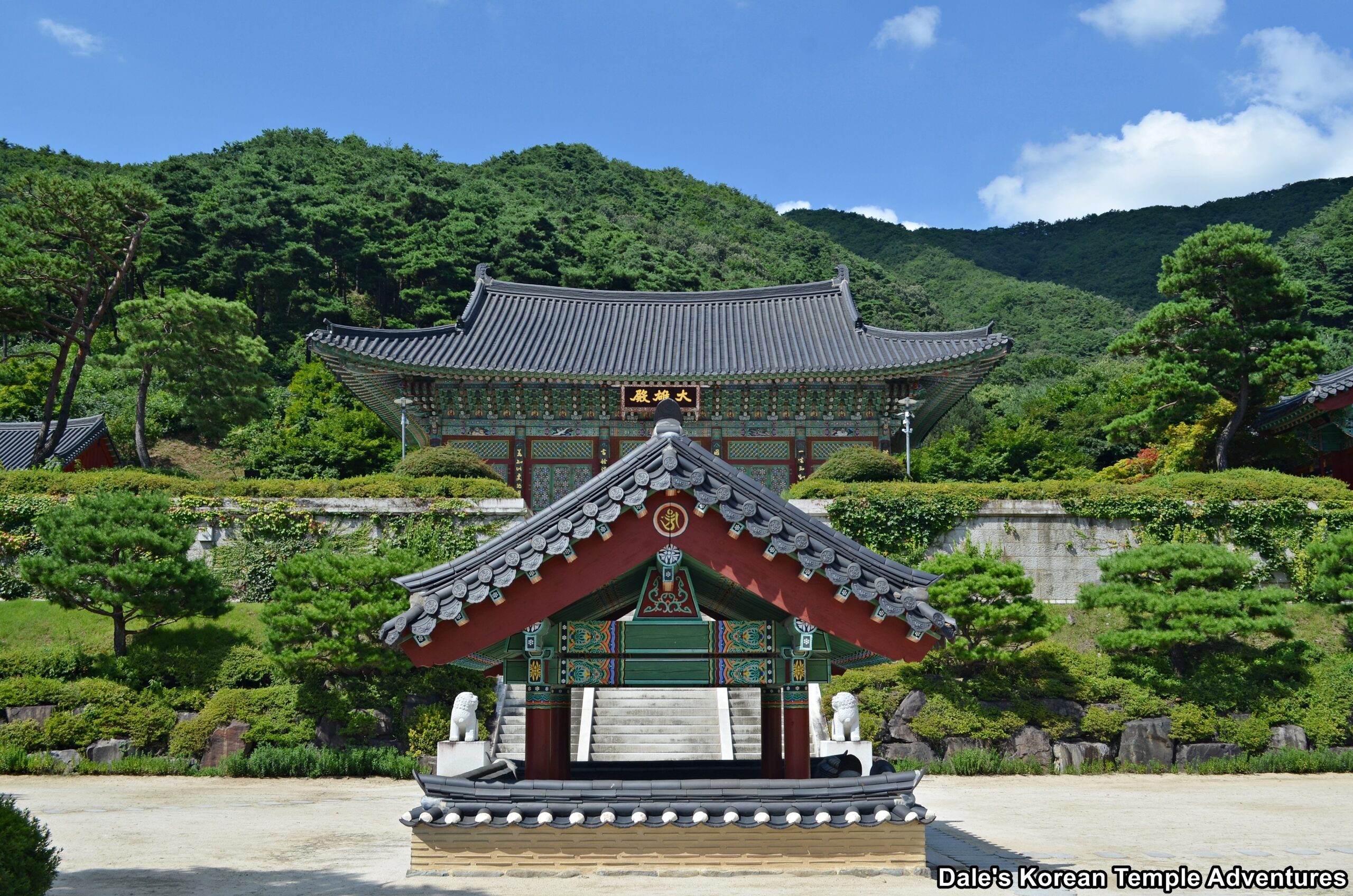
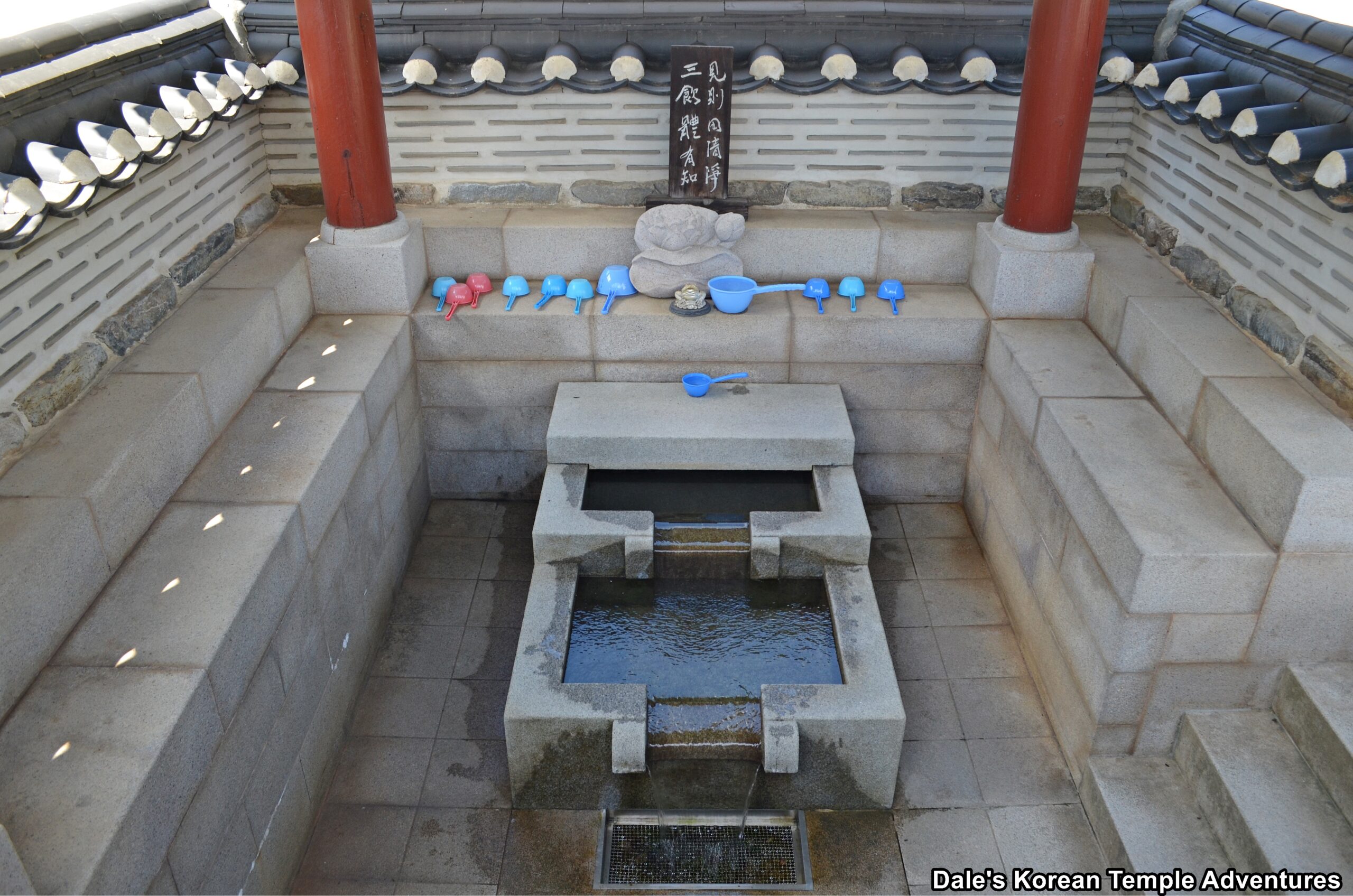
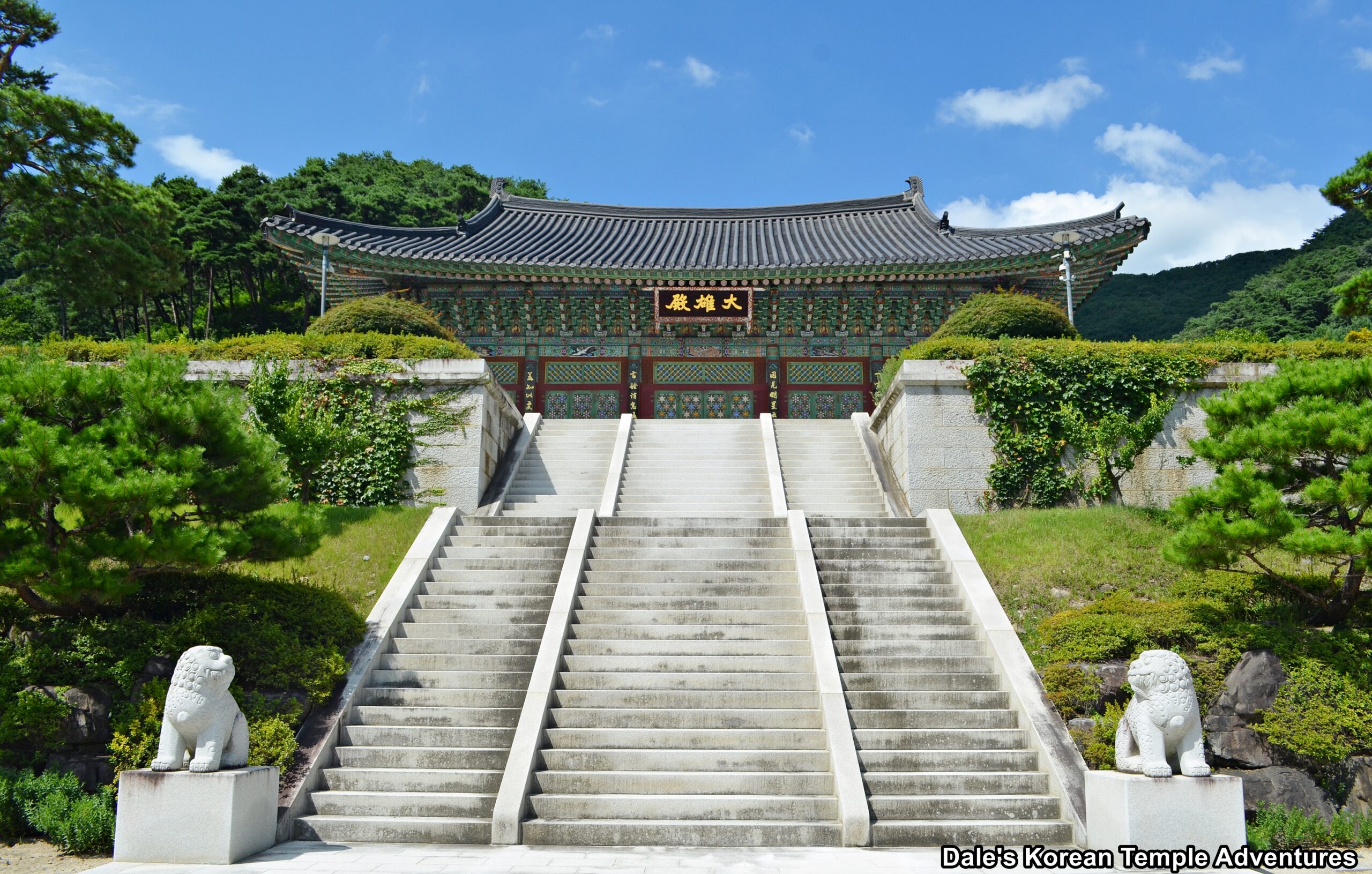
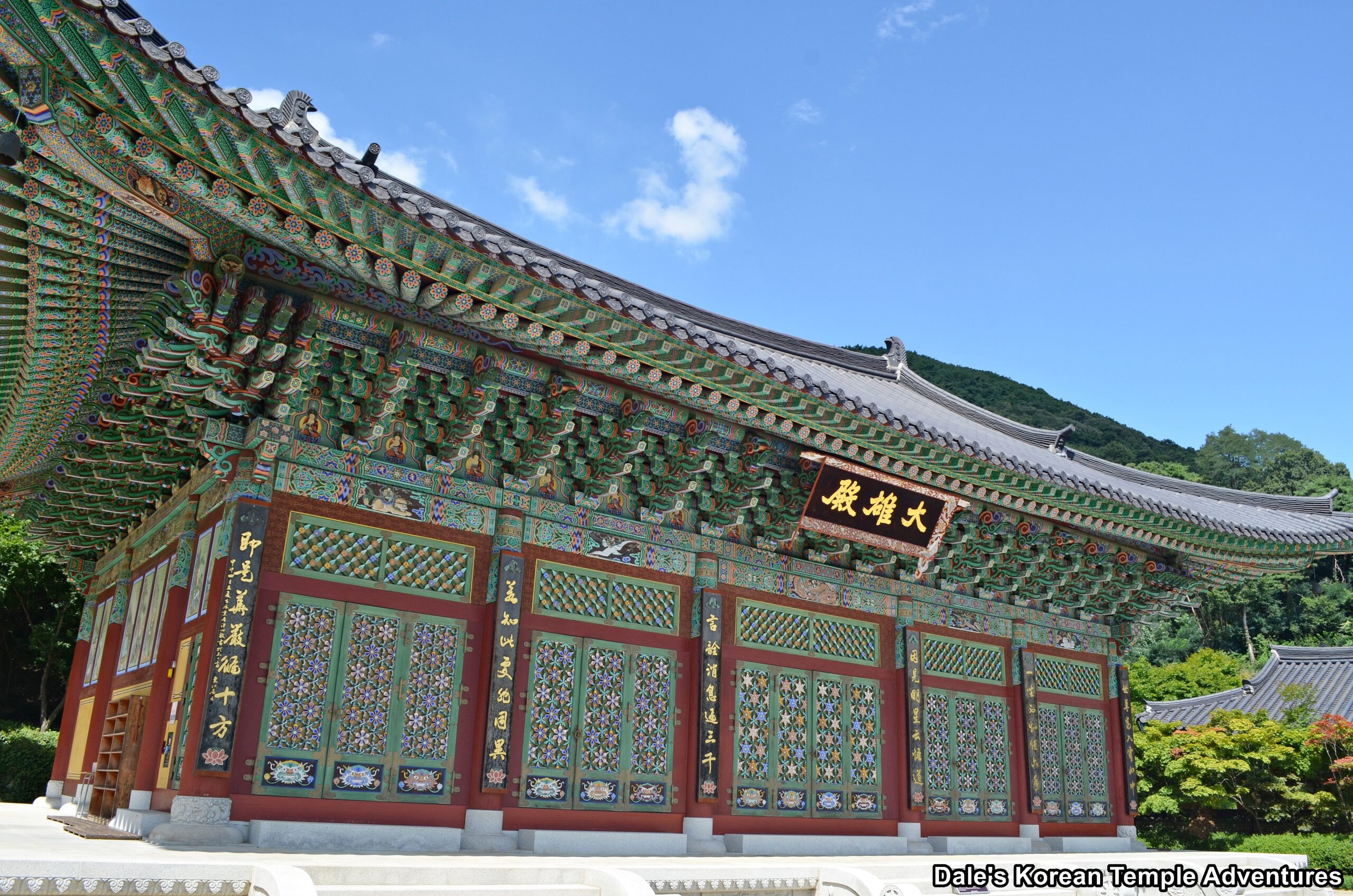
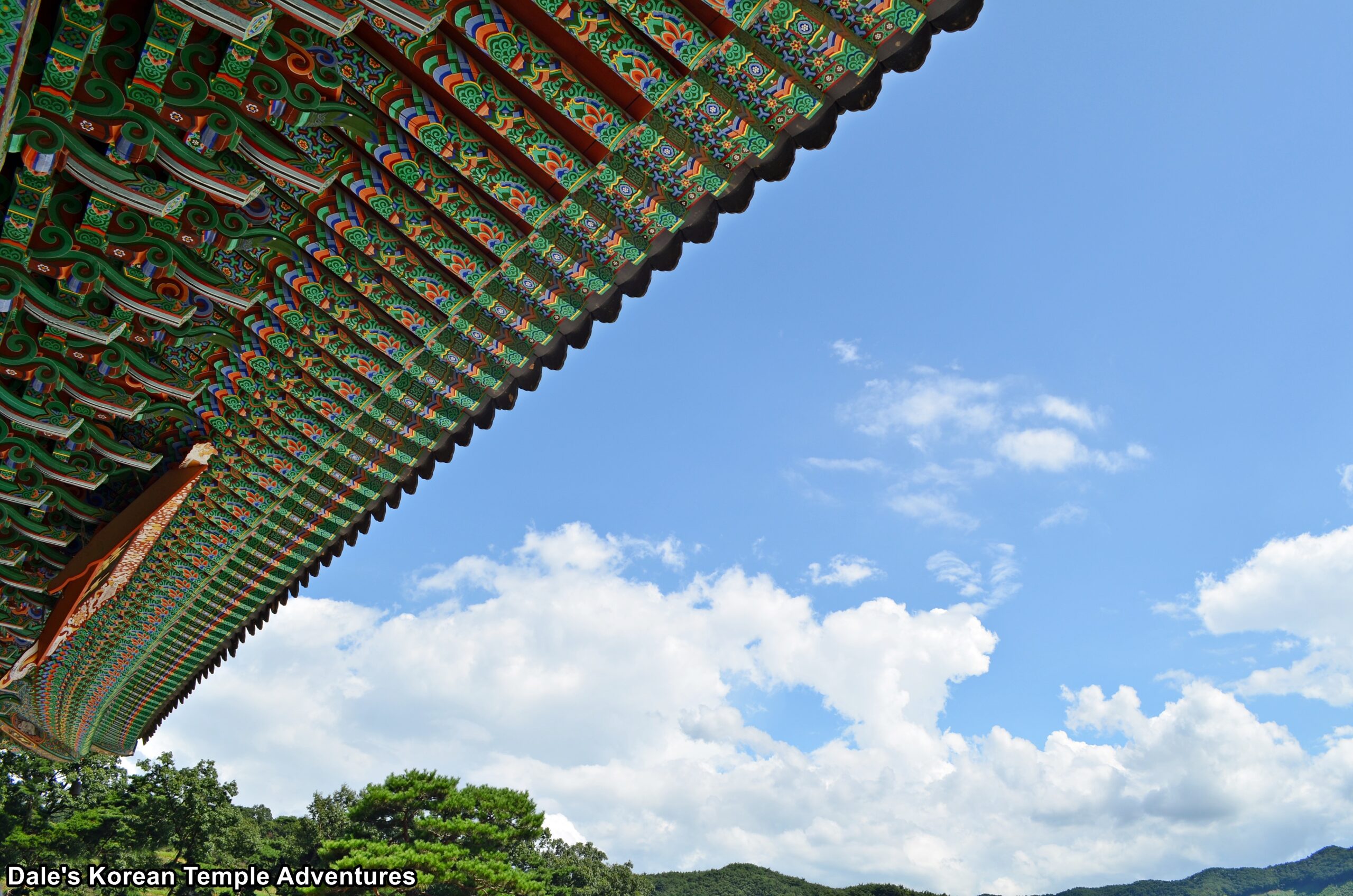
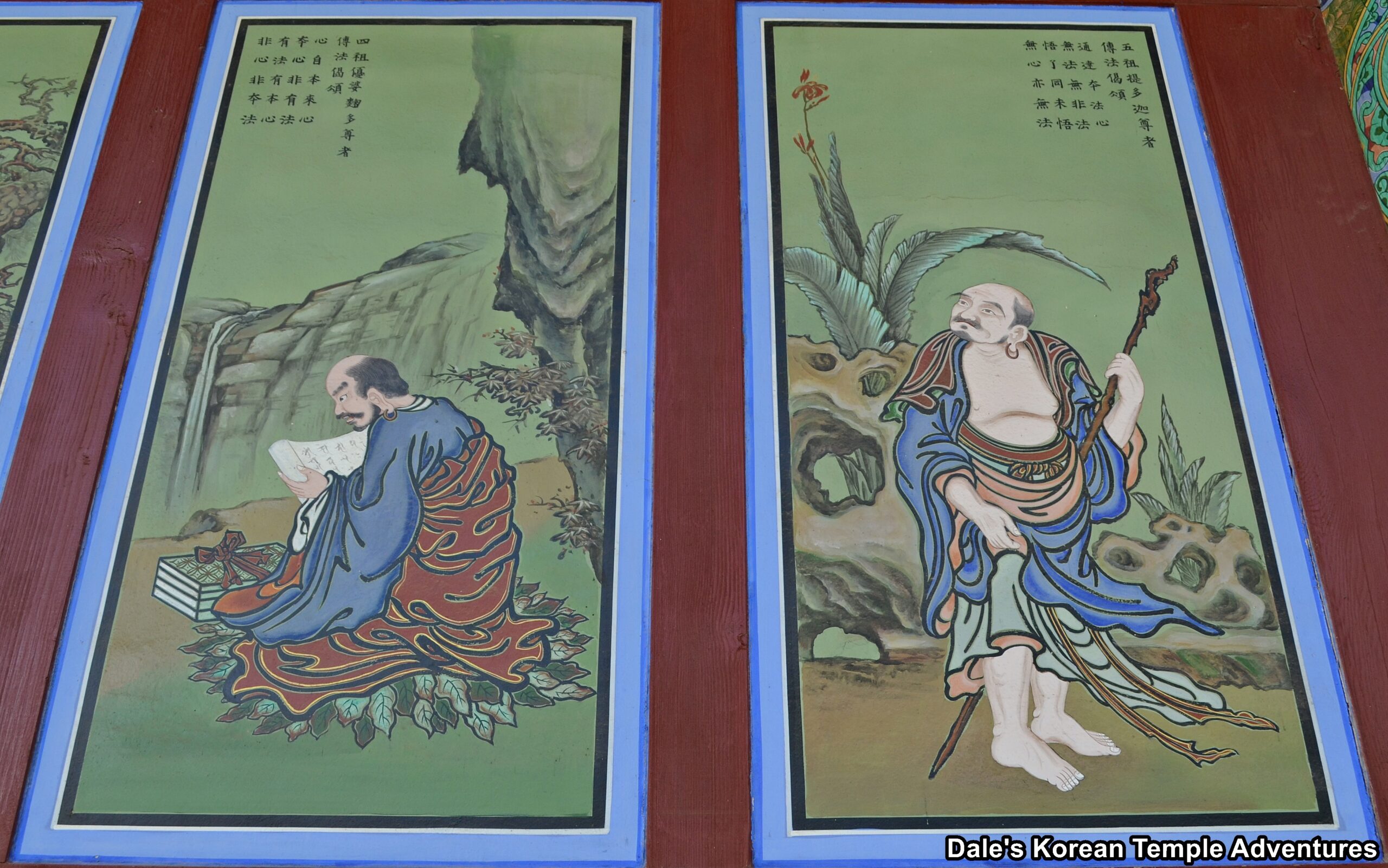
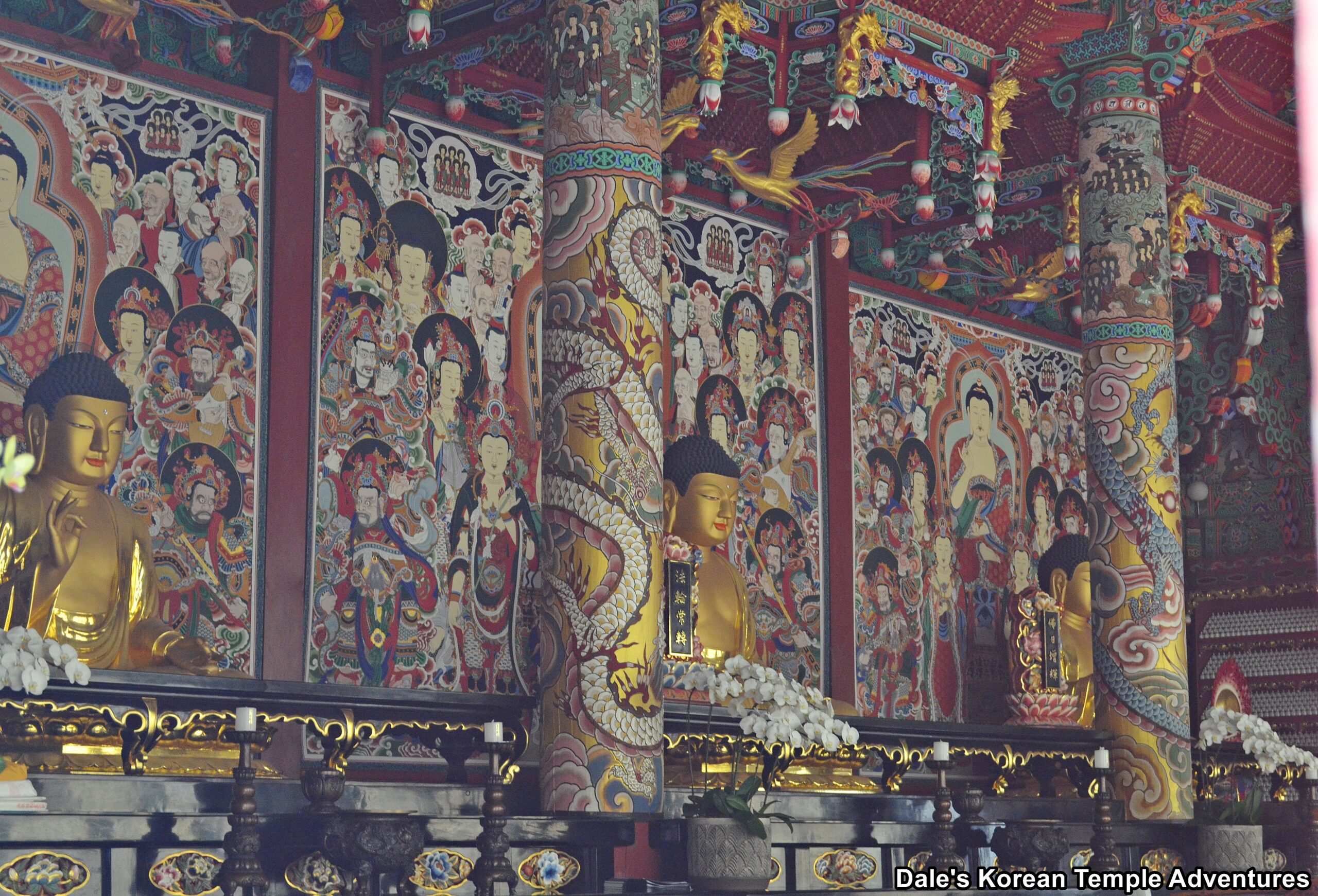
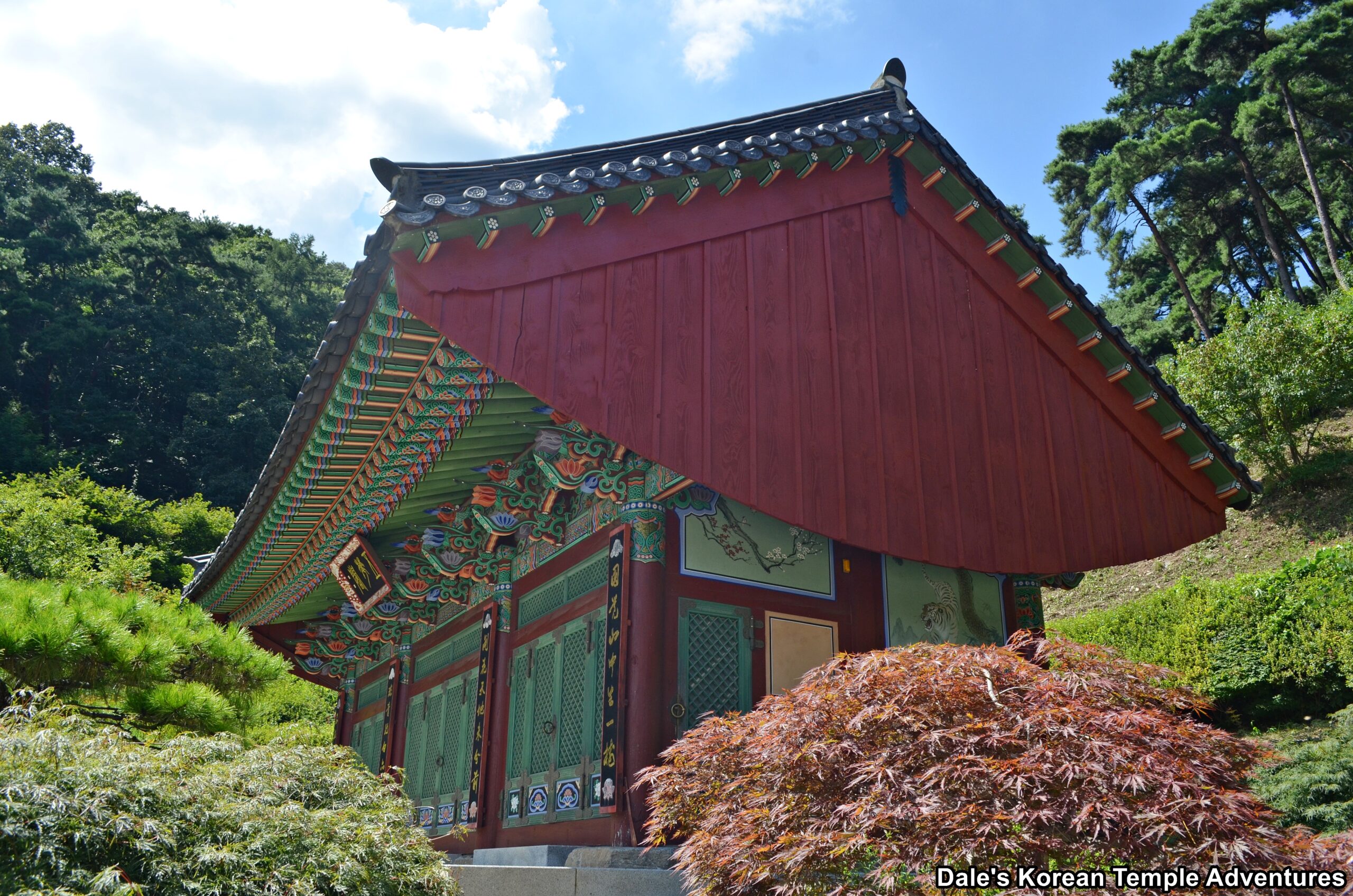
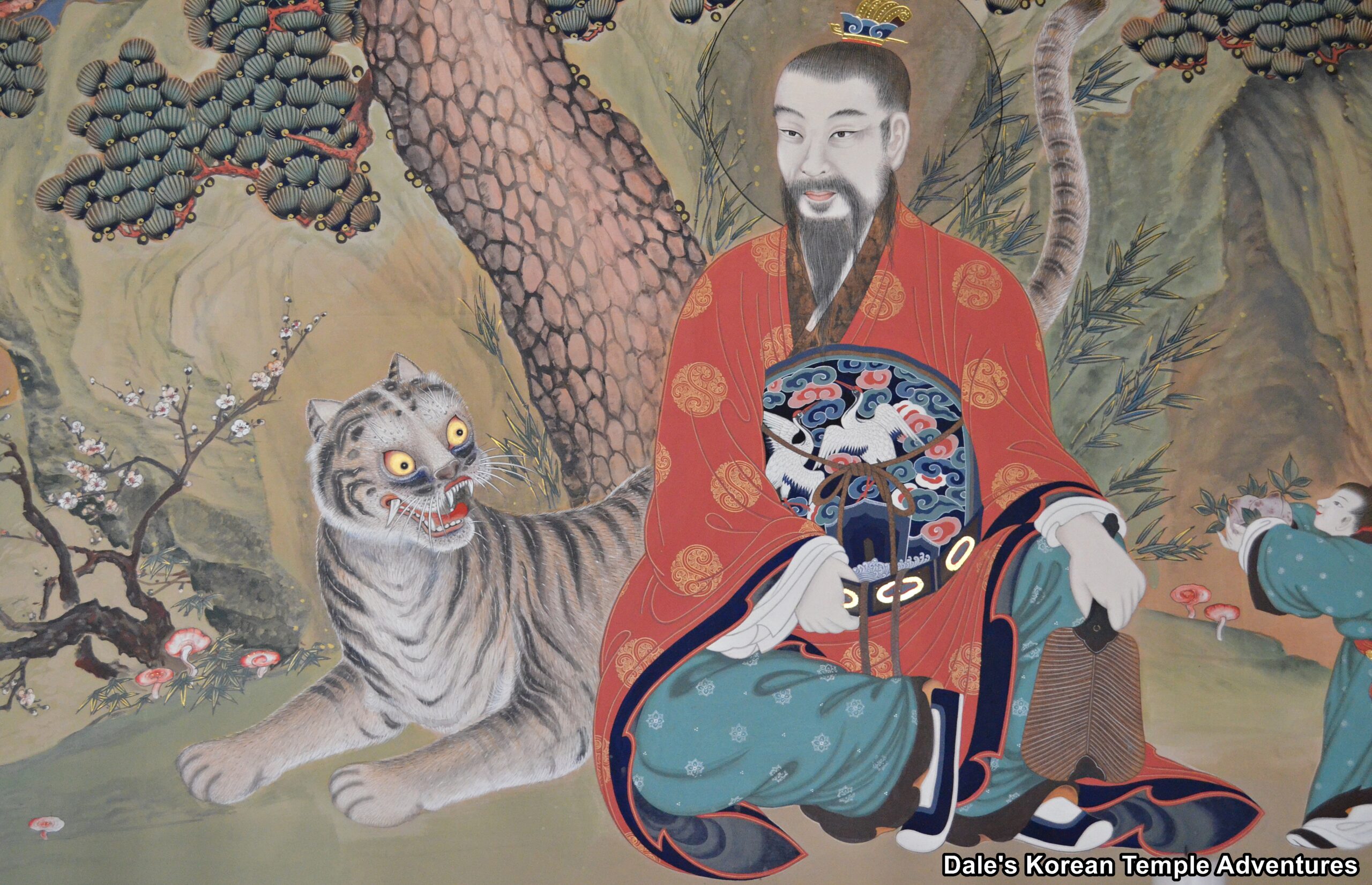
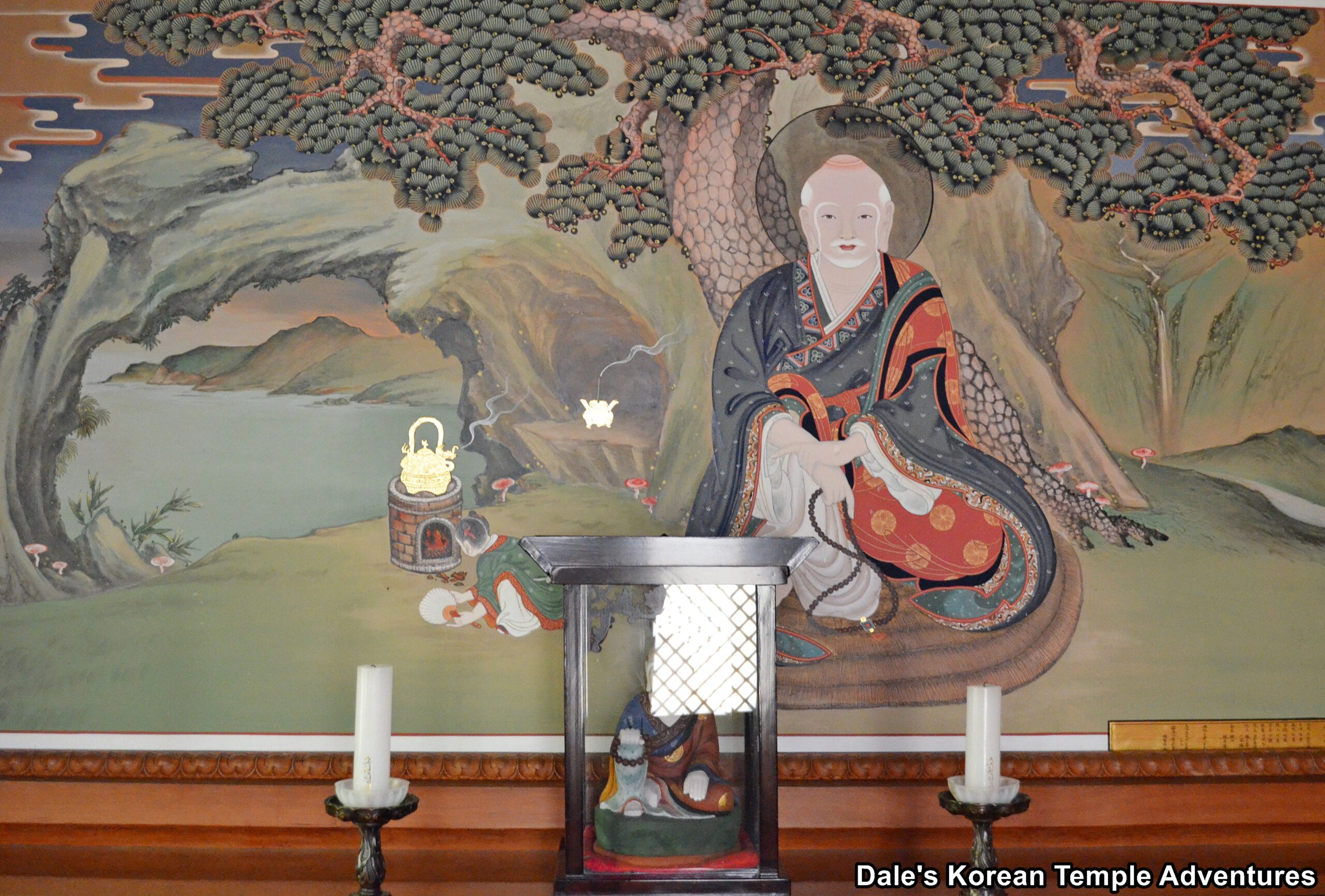
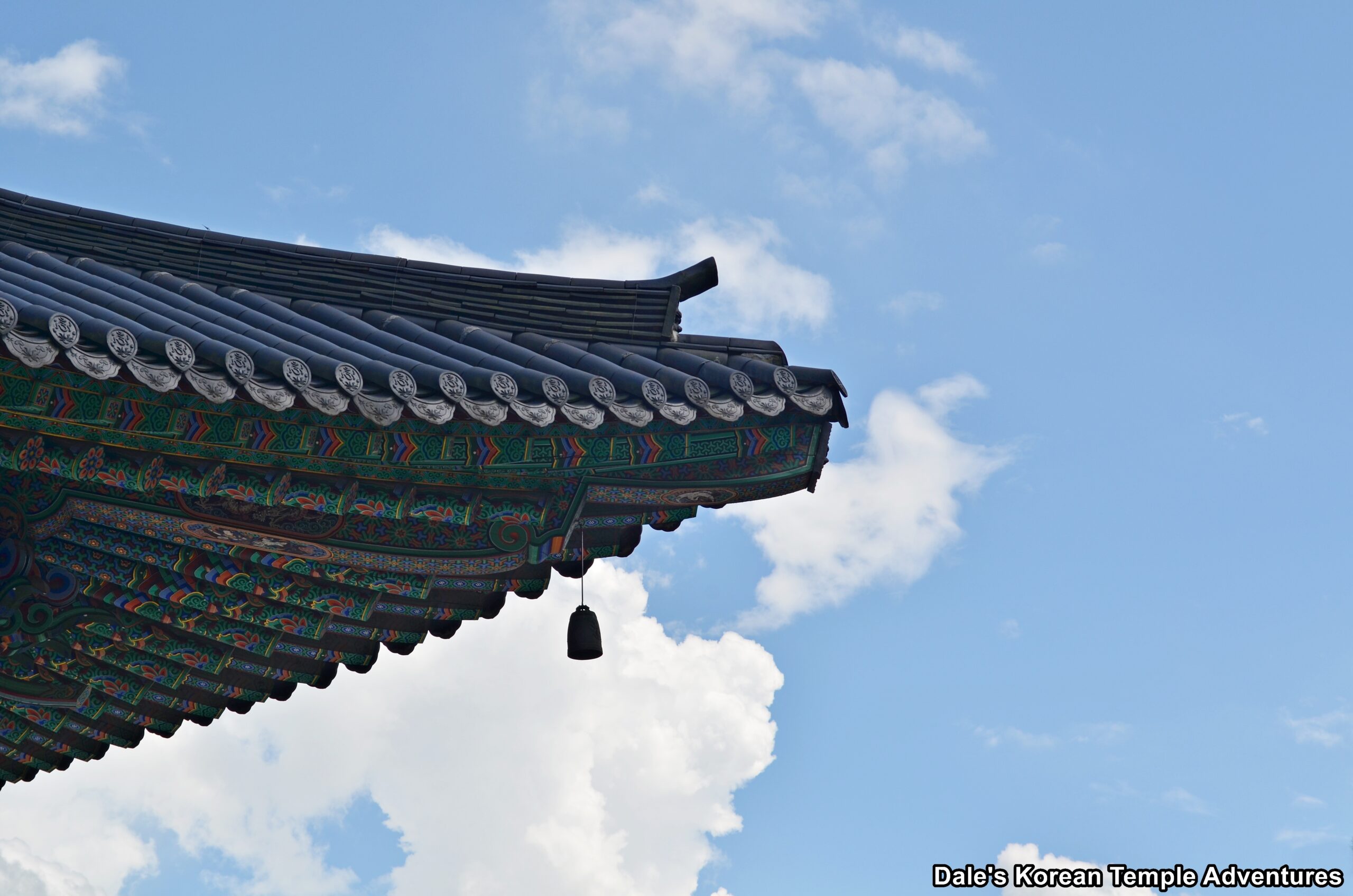


Recent comments